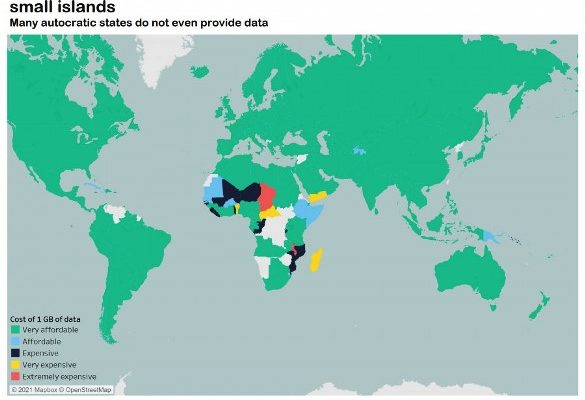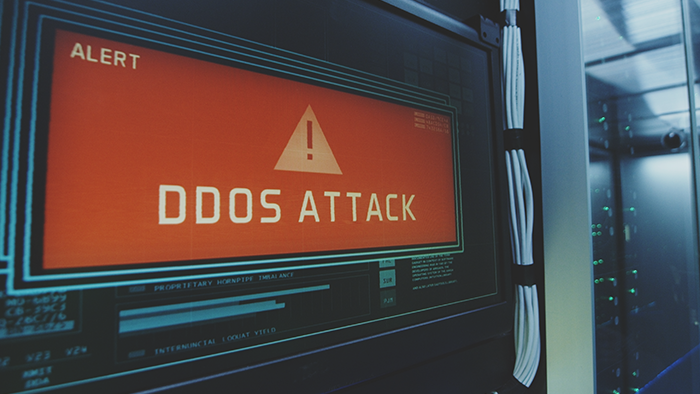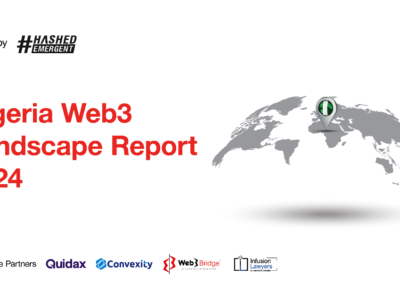ITU data in special edition of ‘Facts and Figures’ show a decade of halting progress on connectivity for the world’s poorest
The digital connectivity divide separating the globe’s least developed countries (LDCs) from the world as a whole shows no sign of narrowing. In fact, it is widening on key factors, according to ITU’s Facts and Figures: Focus on Least Developed Countries.
While the share of the population in LDCs using the Internet has increased since 2011 from 4 per cent to 36 per cent, about two-thirds of the LDC population remains offline. LDCs also still face numerous barriers to meaningful connectivity, including lack of infrastructure, affordability, and skills.
RELATED: ITU’s “AI for Good” showcases AI with positive, global impact
Although no single figure can capture all aspects and complexities of the digital divide, the gap between LDCs and the world in the share of people using the Internet has actually increased from 27 percentage points in 2011 to 30 percentage points in 2022.
“The path to prosperity for the world’s least developed countries runs through digital development,” said ITU Secretary-General Doreen Bogdan-Martin. “This special edition of ITU’s Facts and Figures highlights the challenges confronting LDCs and should help strengthen commitments between the least developed countries and their development partners.”
The ITU study, prepared ahead of the Fifth United Nations Conference on the Least Developed Countries (LDC5), focuses on trends in digital connectivity in LDCs since 2011, when the UN last held its global conference on least developed countries.
According to the research, which uses data from ITU’s Facts and Figures 2022, an estimated 407 million people in LDCs were using the Internet in 2022. The 720 million people still offline in LDCs represent 27 per cent of the global offline population, even though the LDC population accounts for only 14 per cent of world population.
The study highlights that only 83 per cent of the combined LDC population is covered by a mobile broadband signal 3G or above, the main way to connect to the Internet in most developing countries. This compares with 95 per cent coverage for the overall world population.
The latest edition of Facts and Figures, ITU’s annual overview on the state of digital connectivity, found that the cost of using Internet services inched downward across the globe in 2022. The special ITU analysis produced for LDC5 highlights that accessing the Internet is more costly in LDCs than anywhere else in the world.
According to ITU, the challenge of getting communities online has also become more complex over the last decade than just constructing physical connections.
For LDCs, the goal of universal and meaningful connectivity – when a safe, satisfying, enriching, productive and affordable online experience is available to all – remains a distant prospect. Even many of those who can access the Internet do not, because of the barriers ranging from awareness, to skills, to costs.
“The ITU special report reveals the tremendous digital diversity of LDCs, which implies different priorities and calls for different solutions,” said Cosmas Zavazava, Director of ITU’s Telecommunication Development Bureau. “The world’s least developed countries are the planet’s greatest untapped resource. Connectivity – in particular meaningful connectivity – can contribute to addressing the challenges faced by LDCs and help them achieve sustainable digital transformation.”
Among other findings from Facts and Figures: Focus on Least Developed Countries:
- the digital gender gap in LDCs remains significant and is not narrowing;
- almost half of young people in LDCs (15-to 24-year-olds) were online in 2022;
- just over a quarter of the population in rural areas in LDCs was online in 2022.
The UN Conference on LDCs, taking place in Doha, Qatar from 5 to 9 March, is a key opportunity to accelerate sustainable development.
During the conference, ITU will highlight the importance of digital cooperation to accelerate the Doha Programme of Action and achieve the UN Sustainable Development Goals, particularly through public-private partnerships like the Partner2Connect Digital Coalition which has mobilized more than 600 pledges worth nearly USD 30 billion.

































